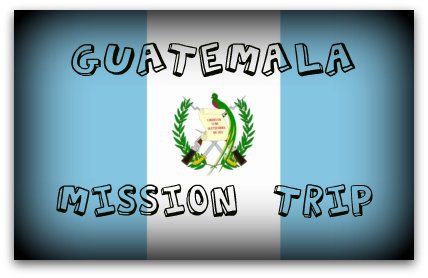One of the great opportunities we had was to install wood burning stoves in the houses in the landfill. They usually use open fires for their cooking. Below is an article taken from the Helps International website. They were the provider of the stoves. It is so easy to take running water and a clean cooking source for granted. The team was able to install multiple stoves throughout the homes of the families of El Camino church this week.
The Problem
In the late 1980's, HELPS International's medical teams reported an alarming number of children being treated for burns and numerous respiratory problems. Don O'Neal, an engineer with HELPS, investigated and found that the problem was the method of cooking that the indigenous Mayan women used in their homes, a centuries old tradition: cooking meals using an open fire pit on the dirt floor of their one room homes known as a "three-stone fire" with no ventilation, so families were inhaling noxious fumes causing Acute Respiratory Infections (ARI). More specifically, Mr. O'Neal found:
· That the high instances of facial and hand burns were due to children falling into these open fires when they were playing or learning to walk.
· That excessive smoke inhalation is the leading cause of death in Guatemalan children under the age of 5, according to the World Health Organization. The deadly gas carbon monoxide was found to be twice the level considered to be dangerous.
· That inefficient burning of wood for three-stone fires required the women and children to gather huge amounts of wood daily, contributing to Guatemala's deforestation at a level of 2% per year. The time lost to long treks to get the wood combined with the effect of carrying heavy loads had a detrimental health impact on women and their families.
The Solution
After consideration of the cultural as well as technological factors surrounding three-stone fires, Don O'Neal developed the "ONIL" Stove, a method of cooking that is compatible with traditional methods.
Today, thousands of rural Mayan families are using the ONIL Stove with the following benefits:
· The fire is contained in a clay-fired firebox in an insulated, durable stove that sits off the floor, thus minimizing the risk of burns to small children.
· Vented by a galvanized steel chimney, the stove uses an efficient burning technology, and virtually eliminates smoke and deadly carbon monoxide in the home. Using the ONIL stove means longer life expectancy, safer child development, and more time and energy for families.
· The ONIL stove reduces wood consumption by 70%, resulting in a long-term benefit to the environment and a better quality of life for families.
· Women who use the ONIL stove gained the equivalent of two days a week in time saved from gathering wood, allowing them time for social and economic activities like cultivating a vegetable garden.
· Each ONIL stove uses only 15% of the equivalents of one tree per month per family, and, since there are over 40,000 stoves in use, Guatemalans are saving over 300,000 trees per year.



